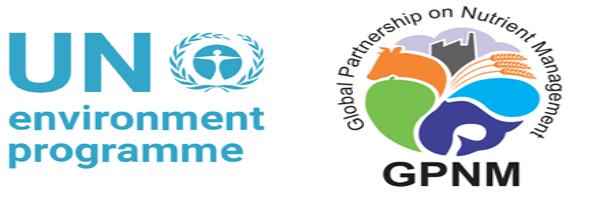An initial synthesis was developed of the current global best practices and experiences and projects in key nutrient “Hotspot” regions and utilize these findings to update the nutrient management learning module. Previously, Water Stewardship recognized eight priority Best Environmental Practices (BEPs).
These practices were determined under the Global Environment & Technology Foundation’s (GETF) execution of Component C: Policy Toolbox Development of the Full Size Global Environment Facility project “Global foundations for reducing nutrient enrichment and oxygen depletion from land-based pollution, in support of Global Nutrient Cycle.” The priority BEPs include:
- Nutrient Management
- Manure Management
- Wetland Restoration/Creation
- Riparian Buffers
- Conservation Tillage/Erosion Control
- Cover Crops
- Grazing Management
- Ecological/Organic Production Systems
This report contains an expansion of each BEP, in the form of case studies, using information from both the inventory of projects provided by GETF and a limited analysis of additional materials identified by Water Stewardship. Emphasis was placed upon scaling practices to fit the needs and criteria for small landholders and limited resource farmers. Scalability will require further analysis and understanding of the four (4) “A’s:” 1) Applicability; 2) Adaptability;3) Affordability; and 4) Acceptability. These principles offer insight into the best way to modify BEPs developed for large-scale intensive agriculture so they are compatible with and appropriate for small holder farmers.
Here you find the link to the GNC Toolbox Synthesis Report
